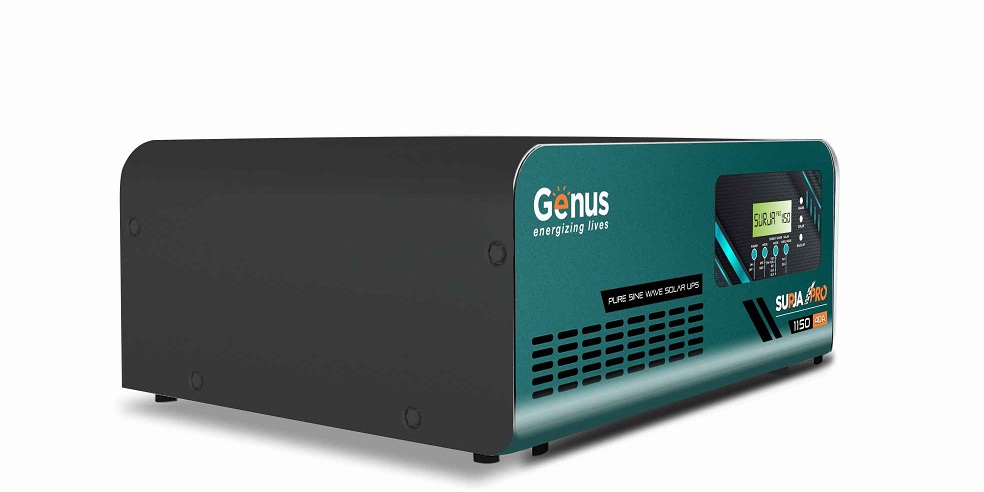
Solar panels are quickly becoming popular around the world. Their ability to use the energy provided by the sun to generate sustainable and green electricity has several benefits not just for the individual but the whole society as well. While a solar panel is the first and one of the most important parts of the solar energy system, it could be rendered useless without a solar inverter.
In order to understand how an inverter can be more important than the panel that seemingly does most of the work, you need to understand what a solar inverter is, how it works, and how many different types of inverters are there.
What is a Solar Inverter?
The solar panel installed on your roof or mounted on the ground consists of photovoltaic cells spaced around in a pattern. When the sun shines on these cells, the energy from the sun knocks an electron free to move around. This phenomenon happens with all the different cells and the panel starts producing direct current or DC. This current is collected and sent to our homes to be used for running different appliances and devices.
However, most modern appliances work on AC current rather than DC. This is where a solar inverter comes into play. The inverter converts DC into AC which can then be utilized by the appliances present in our homes. Inverters are also capable of storing excess energy into their battery systems to be used later or can even send the excess power back to the grid. There are several different kinds of solar inverters that are used for different purposes. Let’s have a look at some of the different inverters and what are they used for.
Different Types of Solar Inverters
String Inverters
String inverters are one of the most commonly used inverters that you can find. In string inverters, solar panels are connected together in one string, hence the name string inverters. These are cost-effective inverters as only one point of connection is required and are easy to maintain as well. Homes that don’t experience too much shade throughout the year tend to use string inverters.
Micro Inverters
In a microinverter system, small inverters are connected to every panel in the solar energy system. This is done to combat the shading issue which can drastically decrease the overall efficiency of the inverter. With the help of microinverters, one shaded panel doesn’t affect the energy production capacity of other panels making it ideal for installations that experience partial shading or are facing different directions.
Hybrid Inverters
Hybrid inverters aim to give you the best of both worlds. They are a combination of off-grid and on-grid inverters that can help you become independent from the power supplied by the grid. You can use the solar panel to power your home in the morning and use the battery to fulfil the energy requirement at night. And if you are in need of some extra energy or the panel was unable to generate electricity due to bad weather, you can easily turn towards the main grid to supply you with power.
What Can a Solar Inverter Do
Convert DC to AC
This is the basic function of an inverter and no matter which type of inverter you choose, they’ll all convert the DC current into usable AC current.
Ensure Safe Operation
If there are chances for any issues to occur in the system like an electric arc, ageing system, short circuits, overload or more, a solar inverter switches off immediately to keep the system and you safe from any impending danger.
Keep Track of Power Production
The latest inverters come with connectivity capabilities like Wi-Fi, Ethernet, and Bluetooth. This makes it easier for the users to keep a track of how much energy they producing, any error codes, power reduction data, or more. The inverter can even send these reports to your smartphone.
Interface with the Grid
Solar inverters have also become capable of performing grid-supportive functions related to frequency, voltage, disturbances and more. It can identify any anomalies efficiently and switch off the inverter if required.
Solar inverters are not just available in different types but are also available in different capacities as per your energy needs. Before committing to an inverter, you should consider the energy requirements to see whether a single battery inverter would be enough to power up the devices or if you should go for a double battery inverter instead. If you’re not sure, you can contact a solar panel installation consultant to get the best suitable inverter.